Fish and Game History
2011: March 31, Virgil Moore was named director to replace Cal Groen, who retired after four years at the helm. Moore has served as the director of the Oregon Department of Fish and Wildlife, and numerous executive management positions within Idaho Fish and Game. Wolves were once again delisted and Fish and Game launched its second hunt.
2010: The year brought tragedy, successes for Fish and Game. The agency suffered two helicopter accidents, one with injuries only and the other with three fatalities; completed its first regulated wolf hunt only to have wolves returned to the endangered species list; and experienced one of the best salmon and steelhead returns in decades.

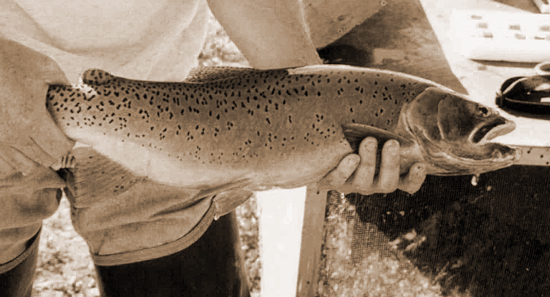
2009: Wolves are delisted again and Idaho and Montana set wolf hunts.
2008: Wolves delisted but a court order puts them back on the endangered species list. The upper Salmon River opened to Chinook salmon fishing for the first time in 30 years.
2007: Director Steve Huffaker retired, and Cal Groen was named director in his place.
2006: An agreement between Idaho and the Interior Department gives Idaho Fish and Game responsibility for the day-to-day management of wolves south of Interstate 90.
2005: Fish and Game launched the Mule Deer Initiative aimed at improving mule deer populations within the state, primarily by working on habitat improvement. Grizzly bears in the Greater Yellowstone Ecosystem, which includes the Henrys Fork area, were removed from the endangered species list. The bears will be classed by Fish and Game and Idaho law as a big game animal, but there is no plan to hunt grizzlies in Idaho.
2004: Fish and Game’s strategic planning efforts result in a document called The Compass. The Compass is the product of three years of work involving hundreds of Idaho residents, including 35 focus groups, seven strategic planning workshops, and a survey of the opinions of more than 3,000 Idahoans. The Compass identifies the major issues facing the department over the next 15 years and proposes ways to address them.
2003: Access Yes! a program aimed at providing access for hunting and fishing on private lands and through private lands to public land previously blocked was established. Even with limited funding, new access to some 107,000 acres of private land was granted and more than 200,000 acres of public land made accessible. A disease borne by gnats (Epizootic Hemorrhagic Disease) killed hundreds of deer in the Clearwater Region.
2002: Long-time program leader Steve Huffaker was named director to replace Rod Sando. The appointment left open the Chief of Wildlife job, filled by Jim Unsworth. Terry Mansfield was picked as deputy director. The Commission banned the import of wild deer and elk into Idaho in an effort to prevent Chronic Wasting Disease.
2001: The spring chinook salmon run was strong enough to allow fishing in most traditional salmon water, including Panther Creek where there had not been a season since 1986. Two turkey tags were allowed in spring hunts as wild turkey numbers continued to expand dramatically. Requests to list Yellowstone cutthroat trout under the Endangered Species Act were denied by federal authorities, partly because of conservation and research work by department fisheries staff. Monitoring for Chronic Wasting Disease, a fatal brain ailment in deer and elk, was expanded in Idaho as concern about the disease increased nationwide. The disease has not been found in Idaho.
2000: Rodney Sando, previously director of the Minnesota department, was hired as director after a nationwide search. Fee increases for most licenses and tags were approved by the legislature to add about $4.4 million to the department budget. The spring chinook salmon run was big enough to allow fishing on several waters.
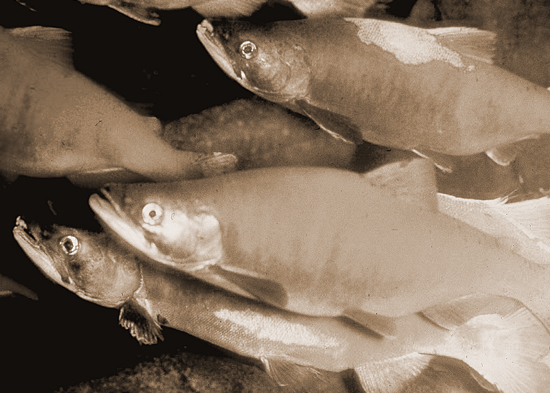
1999: Jerry Mallet served as interim director after the Fish and Game Commission dismissed Director Stephen Mealey. The department operated under a 10 percent budget holdback after a fee increase effort died in the legislature, requiring open positions to go unfilled. Internet license sales were introduced with the aid of a contractor to the department. "Supertags" were awarded for the first time to 10 randomly chosen hunters who filed their mandatory hunter harvest reports on time.
1998: A system of 28 elk hunting zones was established, requiring hunters to choose a single hunting area and decide between an "A" and "B" tag defining season dates and weapons. Deer and elk tags fees were increased by $6. Mandatory hunter harvest reports were required from all deer, elk, and antelope hunters. A new elk license plate was offered to Idaho motorists.
1997: Nancy Hadley Hanson of Sandpoint became the first female member of the Fish and Game Commission. A reorganization of elk hunting seasons was announced for public input, with implementation in 1998. Legislature mandates self-sufficiency for Idaho Wildlife magazine, which goes to a public/private funding effort with sale of advertising. Advertising space is sold in rules booklets to reduce cost of printing. Hatchery production of catchable-sized trout is reduced, wildlife surveys cut back, temporary staff is cut back. Commission proposes a fee increase on deer and elk tags to fund enforcement, wildlife surveys, a mandatory hunter report card and telephone survey. "Salmon and Steelhead Days" was jointly produced by IDFG, the U.S Fish and Wildlife Service, Bonneville Power Administration, the Idaho Forest Products Commission, and other state and federal agencies and offices to raise awareness of salmon and steelhead. More than 2,600 school children attended this educational program. Due to good out-migration conditions in the few years previous, strong runs of returning hatchery chinook salmon provided extensive fishing opportunity in the Salmon, Little Salmon, Lochsa, Boise, Payette and Clearwater rivers. A new law provided for stiffer penalties for "flagrant violations" of wildlife laws.
1996: The Legislature enlarged the Commission to seven members, including the new Commission District of Salmon. Fish and Game Internet website begins. In response to a decline in license sales and federal funding, the Commission cuts Department budget by 12 percent, or $2.8 million for FY 97. Director Jerry Conley left after 14 years to become Missouri Dept. Of Conservation director. Stephen P. Mealey was selected in October to replace Conley.
1995: New Point of Sale Machines (POS'M) implemented for all license, tag and permit sales. The legislature approved remedial hunter education for first-time violators between the ages of 12 and 20. Several hunting clinics geared solely toward women and younger hunters were held.
1994: About 1,000 Idaho hunters participated in a statewide teleconference meeting in six Idaho cities. The "Idaho Hunters' Rally" was the first to use teleconferencing on such a large scale. "Inside on the Outdoors," the department's weekly radio program hosted by Director Jerry Conley expanded its broadcast area to include KMCL in McCall.
1993: Advances were made in the effort to save sockeye and chinook in the Salmon River Basin from entering dangerous water diversions through the Idaho screen project. For the first time, controlled hunt applications were processed over the phone, paid with credit cards. Project Nose-to- Nose reached more than 60,000 students with a hands-on program using mounted animals to teach students responsible behavior with wildlife. The first comprehensive database on wetlands, the Idaho Wetlands Inventory System, was completed. A seven-pound, 13-ounce fish from Hauser Lake claimed the first state record for tiger muskie, a sterile hybrid introduced by the department in several waters around the state.
1992: A series of regional landowner appreciation banquets was initiated at which landowners were recognized and thanked for their help. Aquatic education was involved in more than 50 fishing clinics reaching about 8,000 youths statewide. The Morrison Knudsen Nature Center served more than 200,000 visitors - 10,000 of whom were students. Construction began on visitor center exhibits. The Hunter Education Center was established in Garden City by using funds raised in a radio auction and raffle. The legislature authorized the department to make "payments-in-lieu-of-taxes" to counties for unimproved land it buys. The Clearwater Fish Hatchery located on the North Fork Clearwater River was put into operation.
1991: A new television program, "Incredible Idaho", begins on commercial television. Seventh administrative region was created to include Custer and Lemhi counties. Toll-free ordering of license applications and information made available to nonresidents at 1-800-635-7820. Morrison Knudsen Nature Center and River Observatory opens at headquarters on 4.5 acres with habitat plots and the country's most complete stream ecology/interpretive display. Department workers stocked more than 23 million fish. Poor migration conditions for juvenile salmon and steelhead through the federal hydroelectric system on the Snake and Columbia rivers continued to cause significant survival problems. A "Wildlife License Plate" bill passed the legislature. The plate depicts a mountain bluebird and a portion of the proceeds is credited to the department's nongame program.
1990: Idaho Fish and Game Commission expanded by the legislature to six commissioners. The sixth commissioner represents the Magic Valley area. Research conducted for completion of 13 species management plans for 1991-95. More than 950 Habitat Improvement Projects were completed by the end of FY 90, with an additional 350 in progress. Kathryn Albertson Park was completed in Boise and managed in part by the department. The Idaho Wildlife Viewing Guide and leaflets on Selkirk grizzly bears, Idaho wetlands and amphibians and reptiles were published. The aquatic education program was expanded. The volunteer recruitment program was initiated. A depredation law providing for cash payment for damages was written by a citizens advisory committee and passed by the legislature.
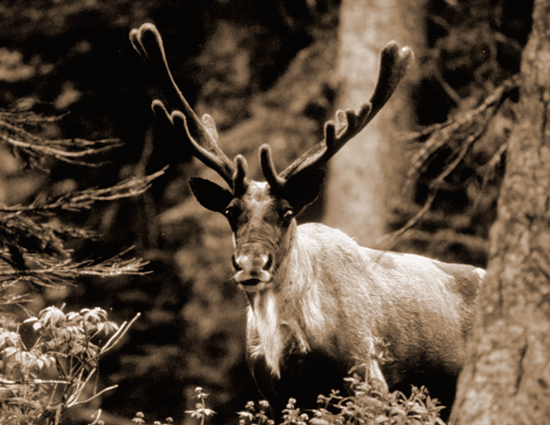
1989: Nearly 9,000 anglers responded to a statewide angler survey taken to help develop the 1991-95 Fish Management Plan. Volunteer cooperative fisheries survey initiated. 1989 Legislature approved minimum stream flows for the North Fork of the Payette River, Bitch Creek, Warm River, Shoshone Creek and Box Canyon Creek. More than 3,000 white sturgeon were released into the Bliss and Wiley reaches of the Snake River after the first successful spawning of a wild sturgeon in an Idaho hatchery. A second consecutive year of drought, a slightly worse than normal winter, and high big game numbers resulted in a severe depredation problem during 1988 and 1989 on agricultural lands in southern Idaho, culminating in an estimated 1,500 depredation complaints. The Idaho legislature appropriated $500,000 from the Fish and Game budget to pay 111 landowners for damage by wildlife during the past two winters. Habitat Improvement Program funds were used to develop food plots, nesting, escape and winter cover for waterfowl and upland game birds. Three young female peregrine falcons were successfully launched from the roof of the Key Bank building in Boise. Thirty-five young peregrines were released throughout Idaho in 1989.
1988: Public opinion surveys initiated to guide the department's formulation of new 15-year policy and 5-year species plans. In November 1988, an Idaho Wildlife Congress was convened by the department to gather further public direction, and was attended by 900 delegates from all interest groups, the largest gathering on wildlife issues in Idaho's history. Wildlife Congress delegates organized Regional and State Wildlife Councils as mechanisms to channel public input to the Fish and Game Commission and department.
1987: Woodland caribou relocated from Canada to historic range in North Idaho. Monthly tabloid, Wildlife Express, begins free to all 4th, 5th, and 6th graders. Legislature authorizes sale of upland game stamp with proceeds to benefit pheasants, quail, and partridge; and waterfowl stamp with proceeds to develop wetlands. Legislature authorizes Commission to allow sale of one bighorn sheep tag per year by a nonprofit group to raise funds for sheep habitat and transplant. Steelhead fishing access purchased on Clearwater River near Greer using funds authorized in 1986. Magic Valley hatchery comes on line.
1986: Jerome bird farm closed. Idaho Fish and Game News tabloid begins free distribution at offices and license vendors. Steelhead tag fee increase earmarked for access purchase. Fish and Game Trust Account established to accept donations. Lifetime license program begins.
1983: "Outdoor Idaho" monthly television program begins on Public Broadcasting System. Project WILD education outreach to schools begins.
1980: Department reorganized into seven bureaus. Hunter education for hunters born after January 1, 1975 becomes mandatory.
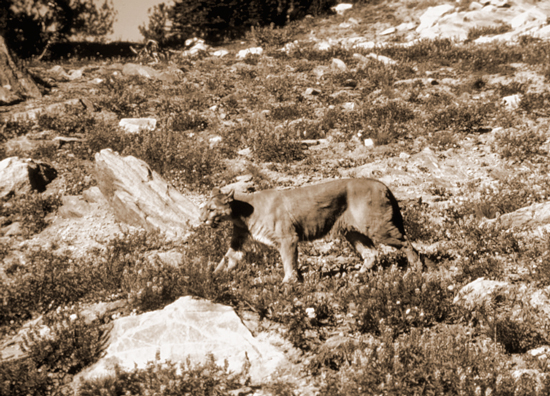
1977: Department policy plan published outlining goals and objectives through 1995. Policies governing all phases of operation are compiled and published for the first time.
1976: First general bucks-only deer and bulls-only elk hunting season.
1975: Department becomes an executive department of state government.
1974: Legislature authorizes earmarking part of each license for acquisition and enhancement of wildlife habitat.
1973: Department reorganized. Six regions with supervisors established.
1972: Mountain lion becomes a game animal. Planning division added to department.
1971: Engineering division added to department. Legislation allows department to limit number of nonresident hunters. Pollution kills 300,000 fish in 44 miles of stream.
1970: First catch-and-release trout season set on Kelly Creek.
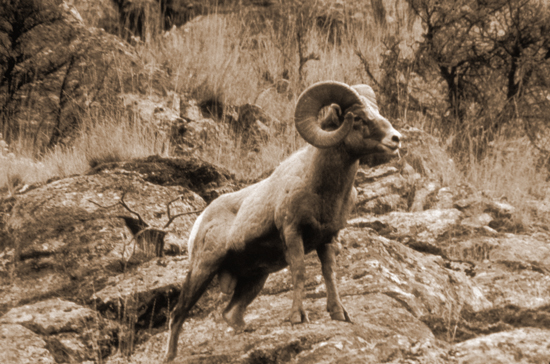
1963: Bighorn sheep reestablished on historic range in Owyhee County.
1961: Merriams wild turkeys released in Idaho.

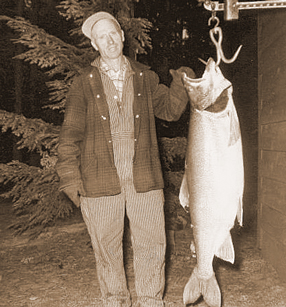
1953: Department reorganized, creating five administrative divisions: Business, Enforcement, Fisheries, Game and Information-Education. First season opens on chukar partridge. Statewide limit on trout drops from 20 to 15.
1950: State divided into game management units.
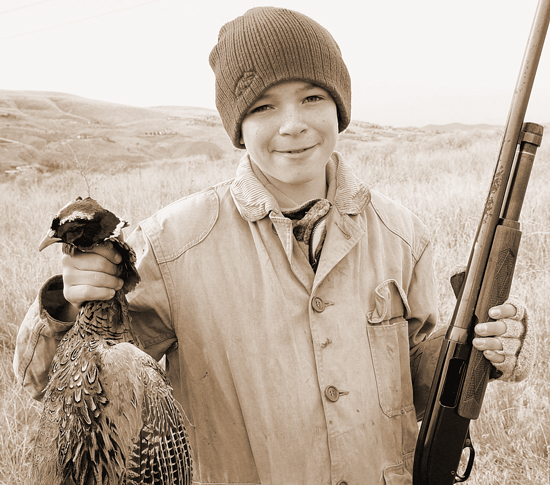
1947: Controlled hunts first used to limit the number of sportsmen hunting a given area. Game preserves are opened to hunting. The Idaho Cooperative Wildlife Research Unit established at the University of Idaho.
1943: Department offices moved from the Statehouse to a rental site at Sixth and Bannock in Boise.
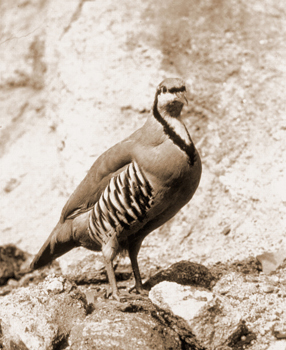
Policies governing all phases of operation are compiled and published for the first time.
Airplanes first used to do big game surveys. Public education program begins with a book, Wildlife of Idaho, distributed throughout the school system of the state. First weekly news program is put on radio. Kamloops trout released in north Idaho.
1934: First antelope hunt in Idaho since 1903.
1933: Chukar partridge released. First release of 100 birds was from the Lapwai bird farm near Lewiston.
1932: First check station set up for enforcement. Jerome game bird farm is built at a cost of $700.
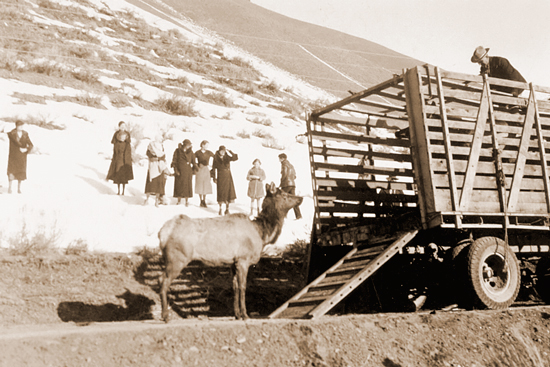
1915: Elk transplanted to Idaho from Yellowstone Park.
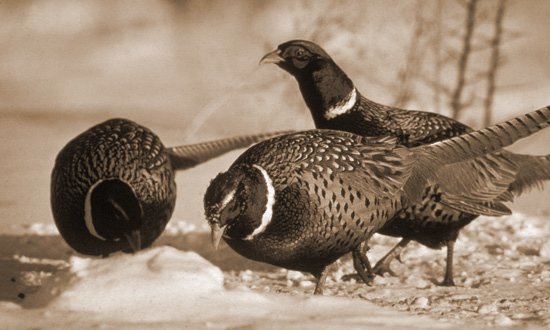
1907: First fish hatchery built at Hayspur. First ring-necked pheasant rearing facilities built in Ada County.
1903: License fees were established at one dollar for resident males (women did not have to have a license), nonresidents were $5.
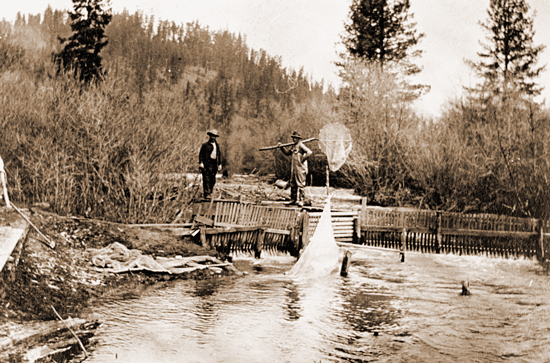
1890: Idaho was admitted to the Union as the 43rd state
1864: Idaho's first game laws were established by the First Idaho Territorial Legislature in 1864. They called for closed seasons on big game animals from February to July, but did not provide for enforcement.
